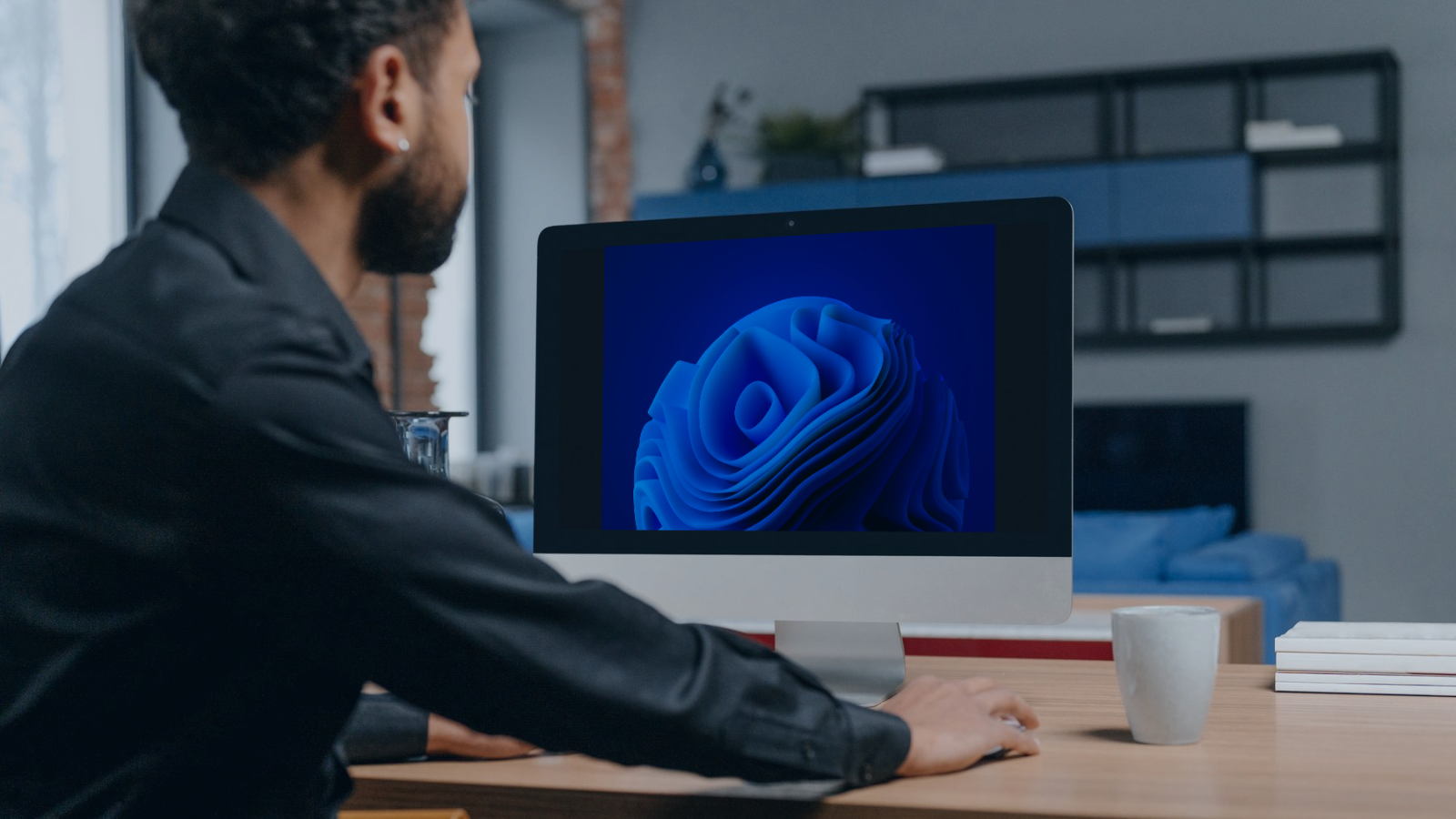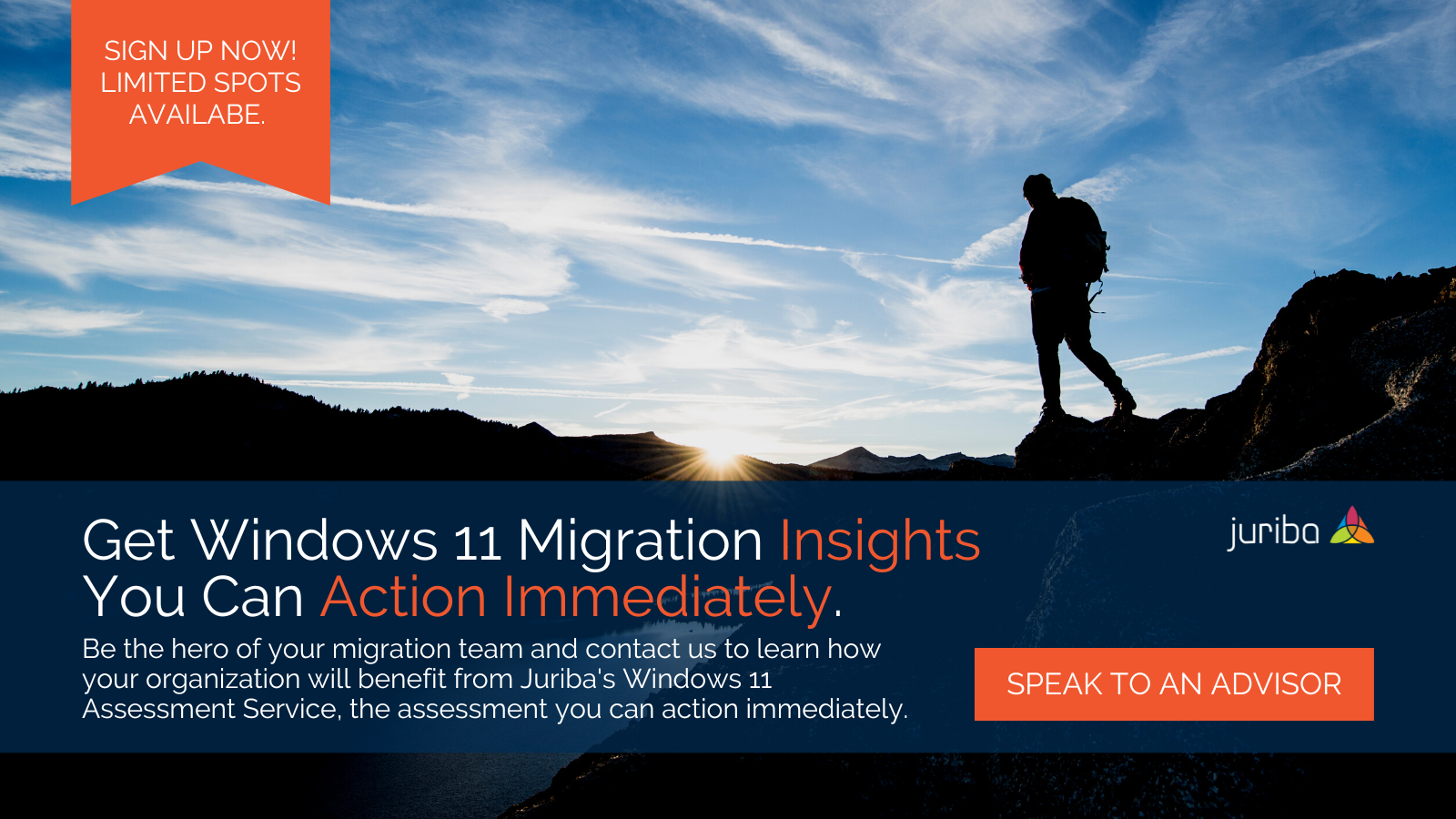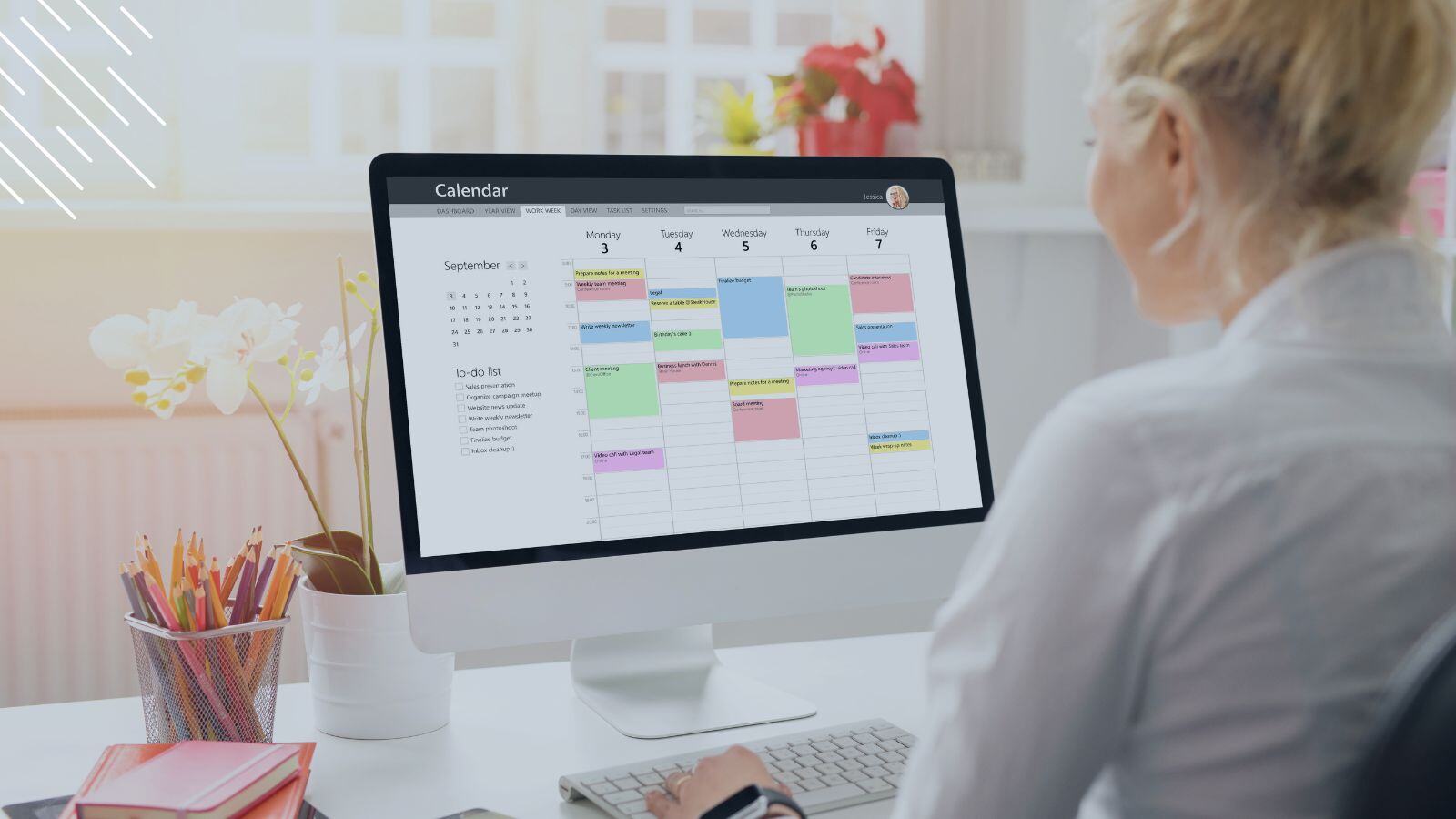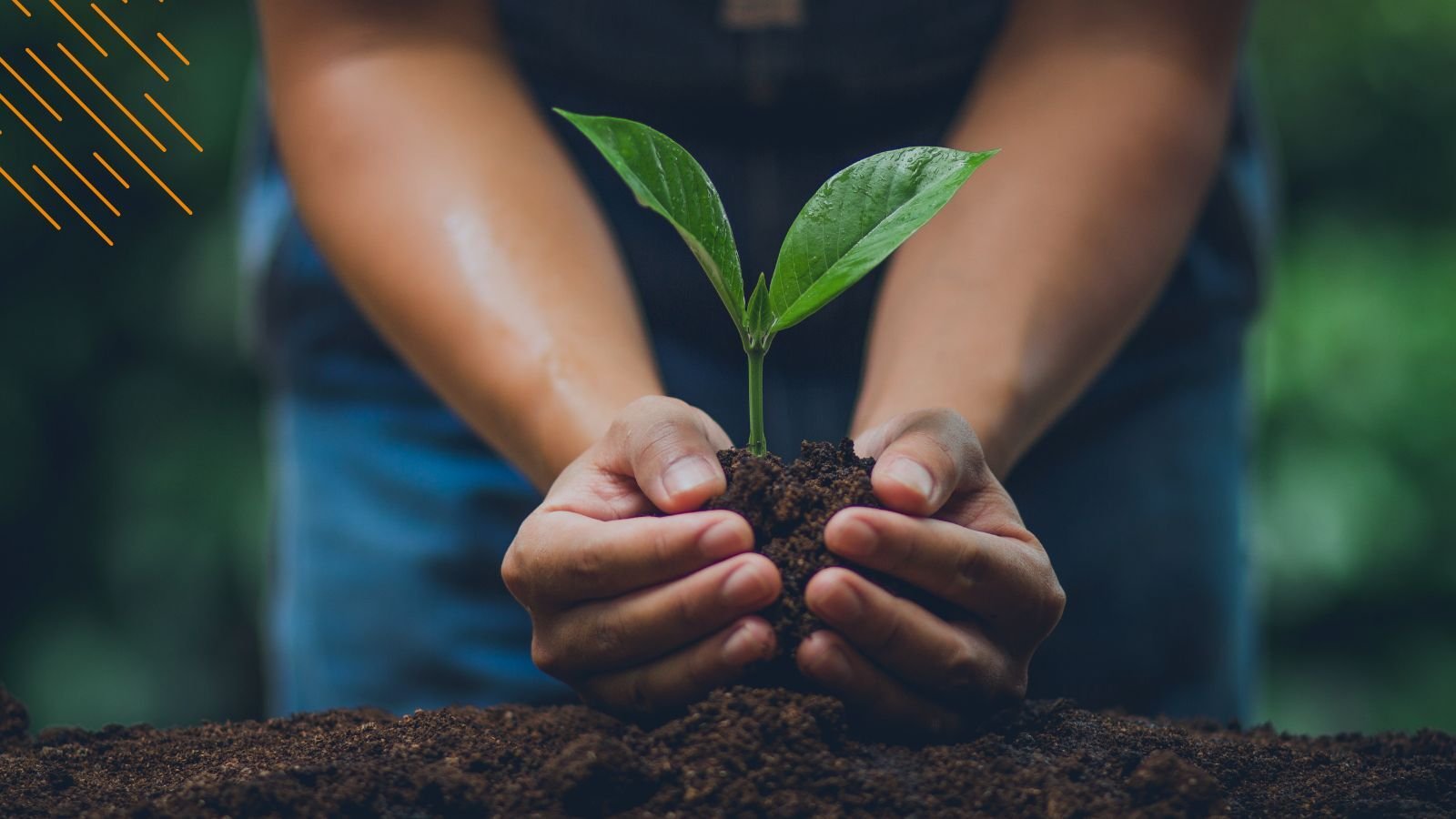Your Windows 11 Migration Will Be Different From Moving To Windows 10
October 1st, 2021
6 min read
By Barry Angell

Many of us still remember the initial migration to Windows 10 as somewhat painful (although nowhere as disastrous as the move to Windows 7). As usual, it was sold as an easy-peasy migration, but many enterprises struggled not only with the bigger than anticipated application readiness problems but also with the mandate to manage subsequent updates using a new IT management methodology, Windows Servicing. For many, this begs the question: "How will this migration differ from moving to Windows 10?"
Today, I want to try to answer that question, but the short answer is this: it won't be very much different from 7 to 10. That said, there are still some significant differences that you must consider when planning your migration process.
1. Plan On Shorter Project Timeline Due To Automation & Better Tooling
On average, enterprises and other large organizations initially took about 24-36 months to roll out Windows 10 across their entire estate and about 10 to 12 months for subsequent upgrades. Given that Windows-as-a-Service was upgraded twice a year and organizations needed to stay on top of these upgrades to unlock as fast as possible the full potential of their investments into the OS and Microsoft, this is a long time.
Thankfully, the migration to Windows 11 will be significantly shorter. Not only are organizations now getting used to managing their IT in an Evergreen IT way, but a lot has happened with regards to desktop management toolset maturity. While before we often had to fly blind (or the volume of data was simply unmanageable), we now have a lot of crucial data sets available to us like usage-based information on apps, hardware inventory, and much more. Tools like ServiceNow have become the authoritative source for device warranty dates and CMDB whilst MECM has improved immeasurably with additional data and feed support such as Desktop Analytics. Application packaging and testing are also being automated and integrated as an ongoing routine in migration management rather than the dedicated teams of prior migrations.
In addition, there should be a few things that you already have in place from your Windows 10 migration. For example, you should not need to redo profile management. Additionally, if you have already managed your previous migrations with our Workplace Automation platform, Dashworks, you can:
- Simply review and clone all the initial setup including the to-be-managed tasks and workflows,
- Automate the vast majority of migration tasks,
- Skip ring scoping and planning (done automatically for you),
- Drastically reduce the time spent on application UAT as testing can now be automated with AppM Tester, packaging and format conversion can be automated with AppM Packager and
- Reduce time spent on the deployment phase due to prioritization, acceleration, and deployment task automation (resulting in accelerating the number of devices you can migrate early on).
You also will not have to onboard your existing users or devices, connect data feeds, or redefine your end-user communication emails and self-service. Essentially, you are up and running in a matter of days and you are able to get started with velocity migration in a very short timeframe!
2. Windows 11 Will Probably Force You To Do A Hardware Refresh
From the very beginning, industry analysts and IT professionals alike bemoaned the hardware requirements set by Microsoft for Windows 11 because of the quite significant specs:
- 64-bit / 1 GHz or faster processor: Intel: min. 8th-generation, AMD Ryzen min. 3, Qualcomm Snapdragon min. 7c
- +4GB of RAM
- +64 GB of Storage
- System firmware: UEFI, Secure Boot capable
- TPM: Trusted Platform Module (TPM) version 2.0
- Graphics card: Direct X12 or later capable; WDDM 2.0 driver or newer
- Display: High-def (720p) display, larger than 9” diagonal in size, 8 bits per color channel (or better)
In order to plan for your Windows 11 migration, you will have to run a hardware assessment to determine which devices meet these requirements. For a lot of enterprises that have upgraded four or five years ago and have been sweating their assets since then, a broad hardware refresh cycle will have to be run before they can migrate. A brief look at some of our own customer data identified a refresh of up to 60% of the estate required at some organizations.
3. Most Organizations Will Adopt Modern Applications Now
After remaining relatively stable for more than two decades (I'm including application virtualization maturity in this statement), application management has drastically changed in the past two to three years. Modern application formats, like MSIX, app attach, VHD, CIMFs, and others will play a big role in preparing for this migration. But it is important to note that this has less to do with application compatibility (which we do not expect to be such a big problem) and more to do with adopting Azure Virtual Desktops (which work best with MSIX and app attach) and other VDI technologies such as Windows 365 to enable Modern Workplace and Modern IT.
In other words, many organizations will take this significant OS upgrade project as an opportunity to finally adopt modern applications on a broad scale, which means that as part of this project, they will also invest in automation that enables them to streamline their application packaging and testing processes, especially smoke testing, functional User Acceptance Testing (UAT) and packaging.
4. Windows 11 As A Springboard For Workplace Management Initiatives
Now, with more than 78% of Windows devices running on Windows 10 and only 16% dragging their feet by still operating on Windows 7, the environments we have to deal with today are much less fragmented when it comes to OS shares than they were back in August 2015 (albeit the mix of Windows 10 versions in each environment if often worse)! However, due to the rising popularity of Virtual Desktop Infrastructure fueled by the sharp increase of people working remotely due to the pandemic, we now have to consider hybrid platforms as a significant factor.
In addition to a hardware refresh and the adoption of modern applications, you will very likely think about whether or not you want to move your Endpoint Manager (SCCM/MECM) into the cloud, implementing Windows 365, Microsoft Autopilot, Workspace ONE, and other significant changes regarding how you manage your Digital Workplace. All these changes have been brewing for a while for most organizations, but since the Business-as-Usual (BAU) team often has no investment budget, the Windows 11 project becomes a big opportunity to drive change.
5. Best Practice Resources & Industry Leading Templates Available
Here at Juriba, we have been helping dozens of large companies and organizations around the world roll out Windows 10 to tens and often hundreds of thousands of users efficiently. In the past six years, we have been able to translate our wealth of experience in managing enterprise-scale migrations into resources that allow you to benefit from them immediately:
- Windows 11 Project Plan Template (Coming Soon). In the template (available in MS Project and as PDF), you will find 733 action items and milestones that allow you to understand what a successful and efficient process looks like step-by-step. You'll also immediately be able to adapt the template to your unique situation and use it to manage your project!
- Windows 11 Assessment Service (Fee-Based Service). Get your complete project scope, a 360-degree view into your application compatibility situation, and (if required) a candidacy analysis for target platforms in just a few days. This allows you to know what exactly you have in your technology estate, and how to categorize and assess it for Windows 11 based on some rule sets.
- Windows 11 Project Template Within Our Dashworks OS Migration Project Pack (Product Feature). When you manage your OS migration with Juriba Dashworks, you can confidently apply tried-and-true industry best practices using our new Windows 11 Project Template. This gives you a tremendous head start (80 percent of standard workflows built) right out of the box!
6. Wipe-And-Load Rather Than Lift-And-Shift?
Having said all this, another important question on a lot of peoples' minds is probably this: How should I tackle this migration? There are a lot of things to consider.
While some organizations might choose to use this opportunity to just do a "lift-and-shift", meaning keeping everything the same while purely upgrading the OS to Windows 11, many will change their platform entirely and move to a more hybrid model, allowing different users to use different technologies to manage and run their workspace. This time around, managing an entire platform change is, by far, not such an undertaking anymore as we now have technologies and automation in place that help us prioritize who goes where and when using a data-driven approach.
One might also argue that we are now used to managing seamless upgrades because we have been managing Windows 10 Servicing updates for more than six years, but, in my opinion and hearing from customers, very few organizations will do an in-place upgrade to Windows 11. Instead, most will opt for a device refresh or wipe-and-load, which causes this process to be more of a full migration event than a servicing update, much like the initial Windows 10 migration.
Conclusion
In summary, expect the Windows 11 migration to be easier and faster than its Windows 10 counterpart. However, given the significant technology and platform changes that are likely to be piggybacked onto the project, such as a hardware refresh, the adoption of Modern Apps and VDI, and others, you should also expect that the added complexity will slow the process.
These important initiatives have been brewing for a while, but the challenge with current developments, including Digital Transformation and Work-From-Home, is amalgamating them while a big project like this OS migration with dedicated resources and budget makes them possible. Plan for the long-haul, automate using data-driven algorithms whatever you can and be strategic about your planning and execution.
Barry is a co-founder of Juriba, where he works as CEO to drive the company strategy. He is an experienced End User Services executive that has helped manage thousands of users, computers, applications and mailboxes to their next IT platform. He has saved millions of dollars for internal departments and customers alike through product, project, process and service delivery efficiency.







![Windows 11 Enterprise Vs. Professional [A Comparison]](https://blog.juriba.com/hs-fs/hubfs/Windows%2011%20Enterprise%20Vs.%20Professional%20%5BA%20Comparison%5D.jpg?width=1600&height=900&name=Windows%2011%20Enterprise%20Vs.%20Professional%20%5BA%20Comparison%5D.jpg)














.png?width=1920&height=1492&name=Juriba%20-%20Windows%2011%20Assessment%20Service%20(Hardware%20II).png)
